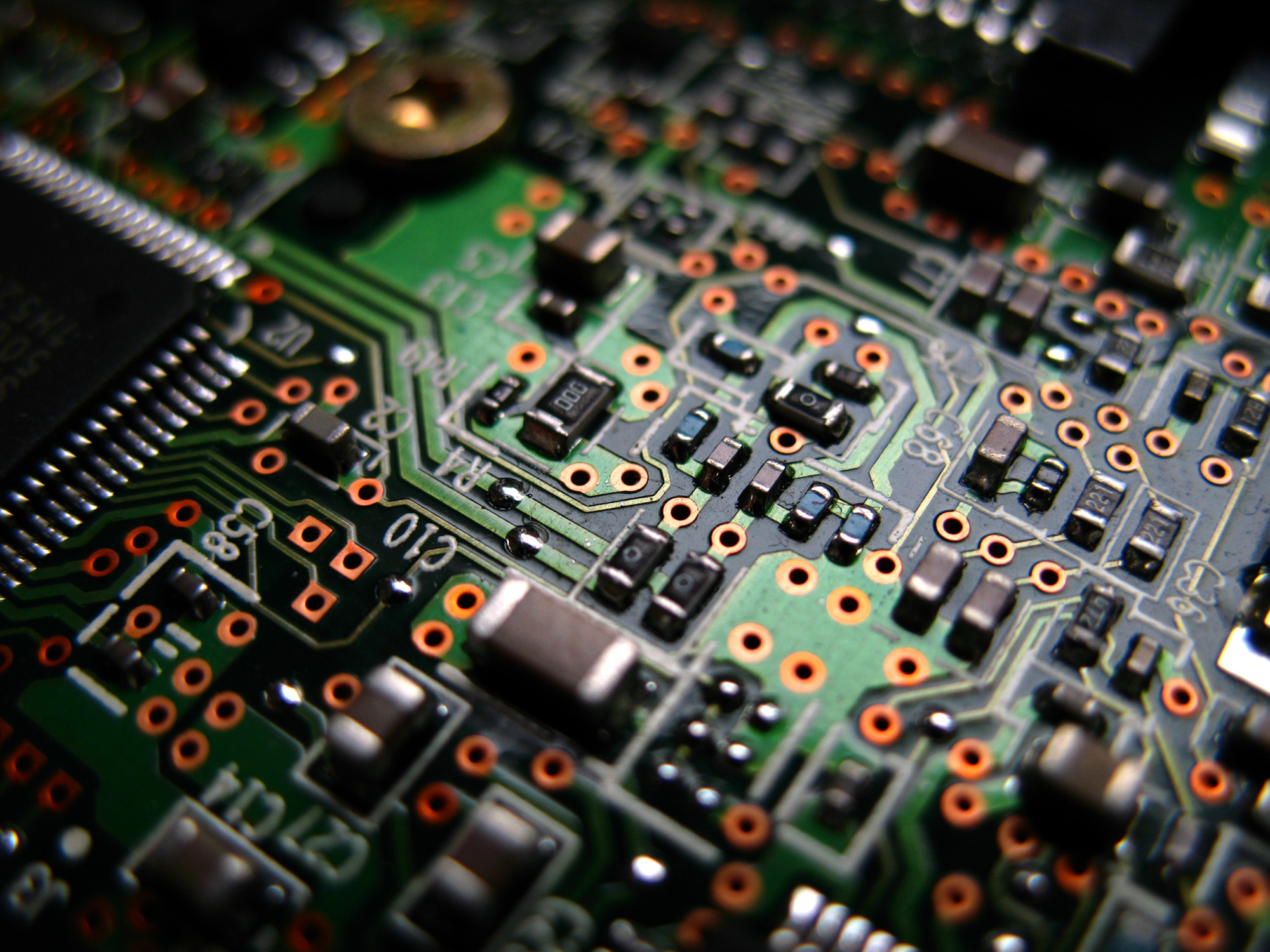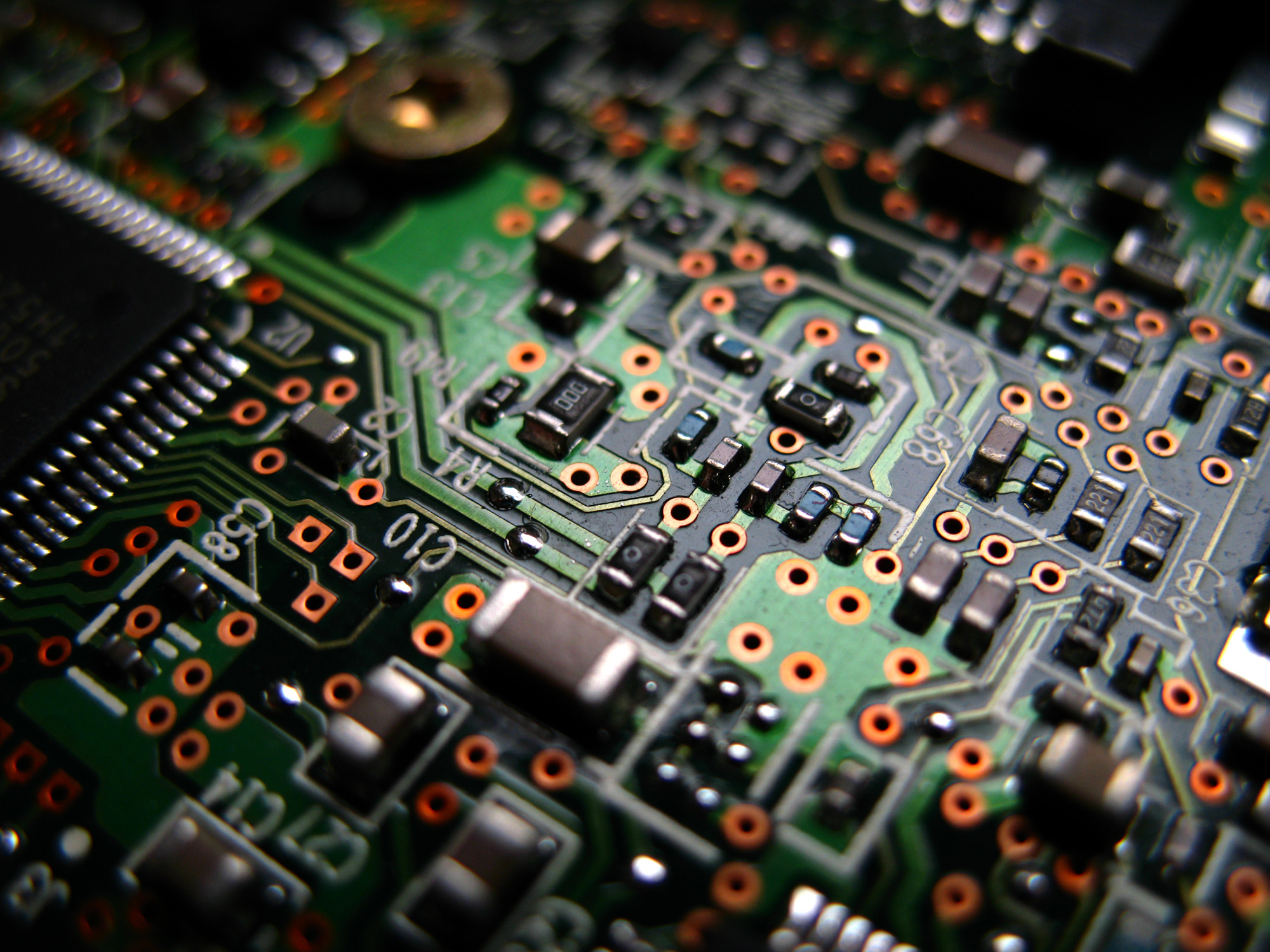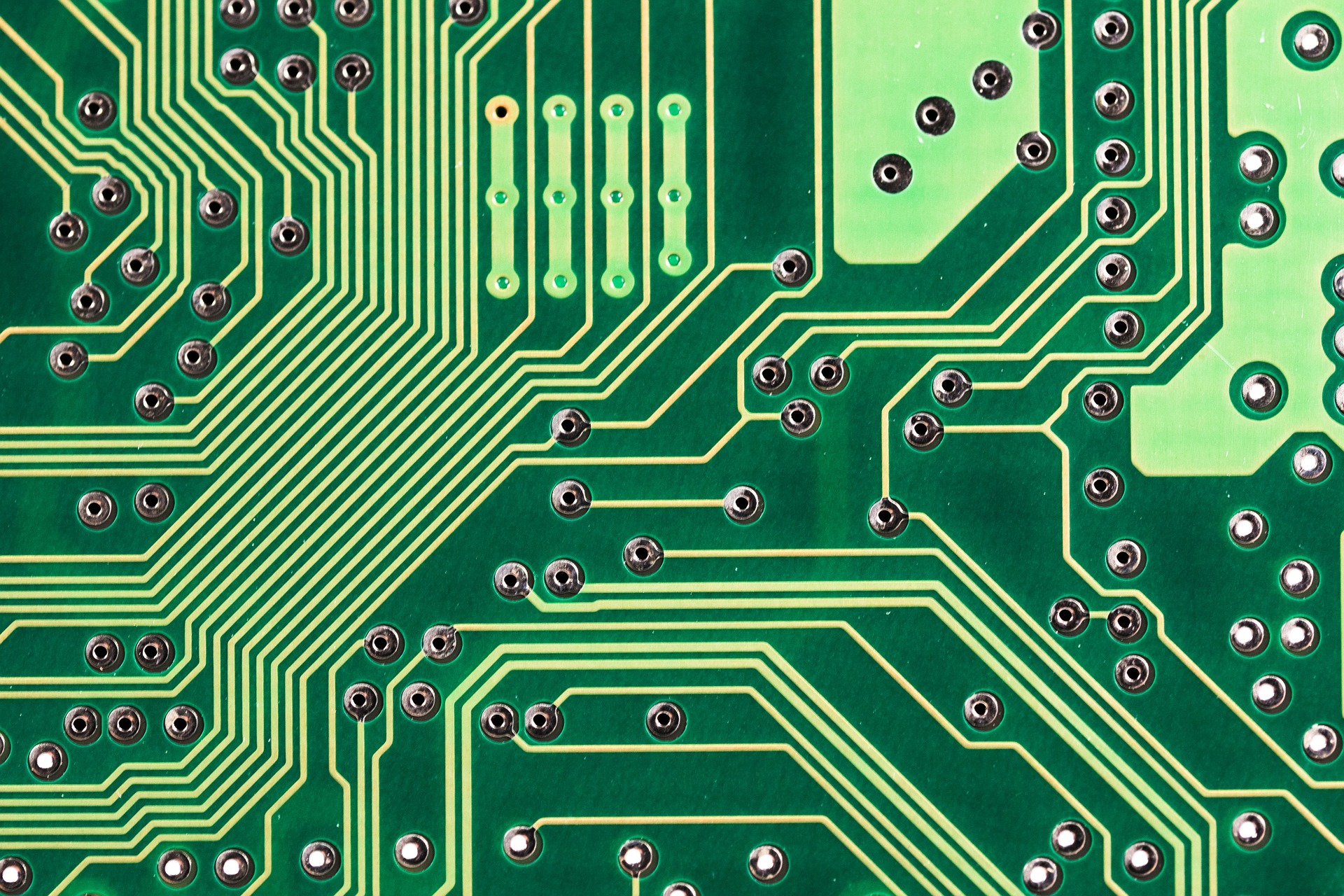
High Speed PCB Signal Integrity Analysis and Design
With the rapid innovation of integrated circuits and other related communication technologies, the frequency requirements for signal clocks that need to be equipped with various electronic devices continue to increase. Accompanied by the wide application and rapid increase of high-speed circuits, high-speed devices and high-speed chips came into being. In the design of high-frequency digital circuit systems, the requirements for clock frequency are getting higher and higher, especially more ultra-large-scale integrated circuits are put into the design of circuit systems, and the integration scale of devices and chips that needs to be realized is continuously expanding.
The number of pins remains high, but the required volume is getting smaller and smaller, so that the overall power consumption of the circuit continues to increase, and the power supply voltage shows a trend of lower and lower changes. The resulting signal integrity and power integrity issues are becoming more and more prominent, which are the key issues to be solved in high-speed circuit design. Signal integrity means that the transmission of related signals in the circuit is carried out with reference to a specific voltage and timing amplitude, so that the load IC can maintain a coordinated state with each other. During the period, if the normal response that the signal can achieve shows a problem, the integrity of the whole will be destroyed. Therefore, how to better deal with signal integrity-related issues and strive to achieve a higher level of design and development efficiency will be a difficult problem to be solved during the future high-speed PCB design. However, it is difficult to obtain a high level of first-time design success rate with the traditionally used design scheme. Only with the functional support of EDA-related software, the SI simulation optimization aided design and other operations can better deal with this problem. This topic focuses on exploring the signal integrity of high-speed circuit boards, and introduces the design and analysis of Allegro PCB SI/PI in EDA tool Cadence for signal integrity and power integrity.
First of all, this article expounds the concepts related to signal integrity, and connects with the research status at home and abroad to clarify the background of the research design and the significance of the research realization. The problem is briefly explained and explained; secondly, the signal integrity problem caused by the high-speed signal transmission process between the chip and the PCB and the reasons for the damage of the signal integrity are expounded. The value is analyzed and researched, and the characteristics and laws of high-speed signal transmission in the circuit are demonstrated; then, the software-related functions and application effects are analyzed, and the design and implementation plan related to the high-speed circuit board is clarified. To better complete the integrity simulation related to high-speed signals, carry out specific quantitative research based on the corresponding data information such as waveforms obtained from the measurement.
 This paper focuses on exploring the theoretical basis and corresponding countermeasures of timing, reflection, and crosstalk related to signal integrity. Through the support of Cadence Allegro software related tools, the SI simulation processing related to the high-speed system example obtained by the design is realized. Accuracy effect of SI-like problem processing. Finally, it focuses on the signal integrity issues involved in high-speed PCB design, such as reflection, crosstalk, and ringing, and selects the corresponding simulation tools launched by Cadence to carry out the simulation research related to the clock signal. According to the comparison and analysis of the simulation results before and after wiring, determine The most efficient constraint conditions facilitate and better complete the high-speed PCB layout optimization process, ensure the signal integrity of the overall high-speed circuit to achieve work, and apply it to engineering practice under the condition of obtaining high-quality high-speed PCB design.
This paper focuses on exploring the theoretical basis and corresponding countermeasures of timing, reflection, and crosstalk related to signal integrity. Through the support of Cadence Allegro software related tools, the SI simulation processing related to the high-speed system example obtained by the design is realized. Accuracy effect of SI-like problem processing. Finally, it focuses on the signal integrity issues involved in high-speed PCB design, such as reflection, crosstalk, and ringing, and selects the corresponding simulation tools launched by Cadence to carry out the simulation research related to the clock signal. According to the comparison and analysis of the simulation results before and after wiring, determine The most efficient constraint conditions facilitate and better complete the high-speed PCB layout optimization process, ensure the signal integrity of the overall high-speed circuit to achieve work, and apply it to engineering practice under the condition of obtaining high-quality high-speed PCB design.
By adjusting and controlling the corresponding high-speed signal lines in the circuit board, the adverse effects of the existence of various factors on signal integrity are eliminated, and the best output signal effect is obtained. The research and analysis work realized in this paper can serve as a good reference for subsequent high-speed PCB design research related to signal integrity. The optimization analysis scheme used in this paper is of great significance for improving design efficiency, accelerating development completion speed, and reducing product investment. Not only can play a high social value, but also can obtain better practical results.






